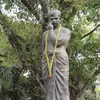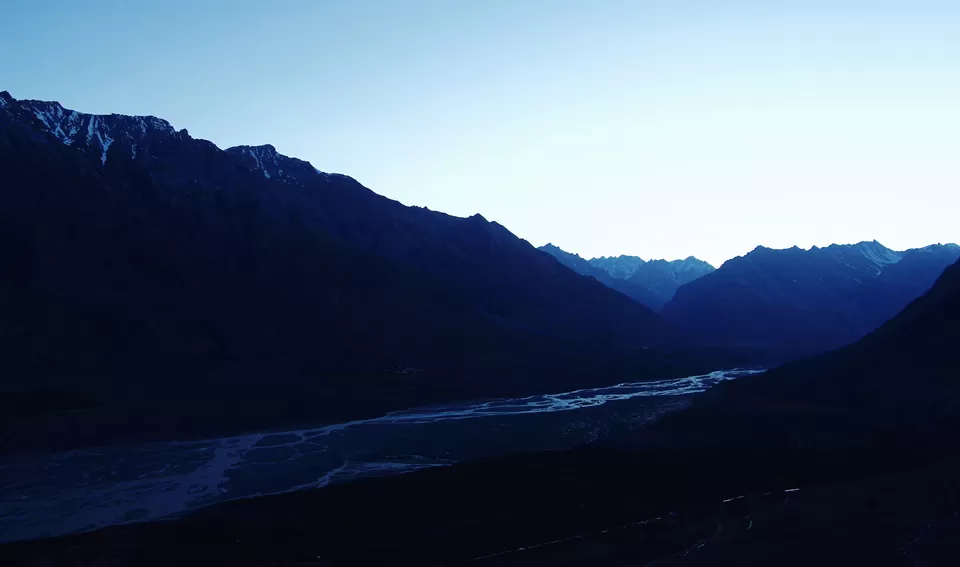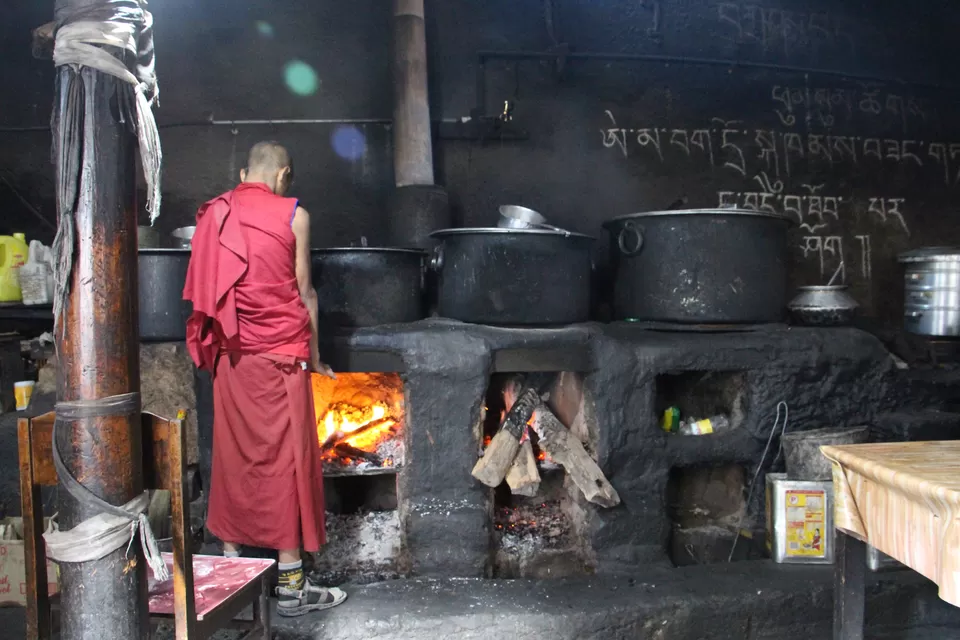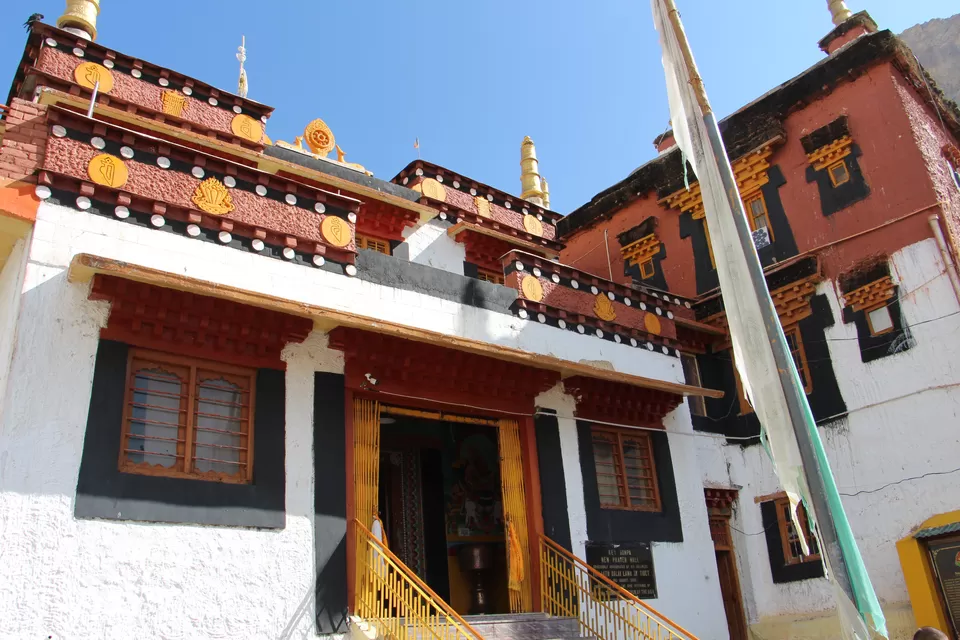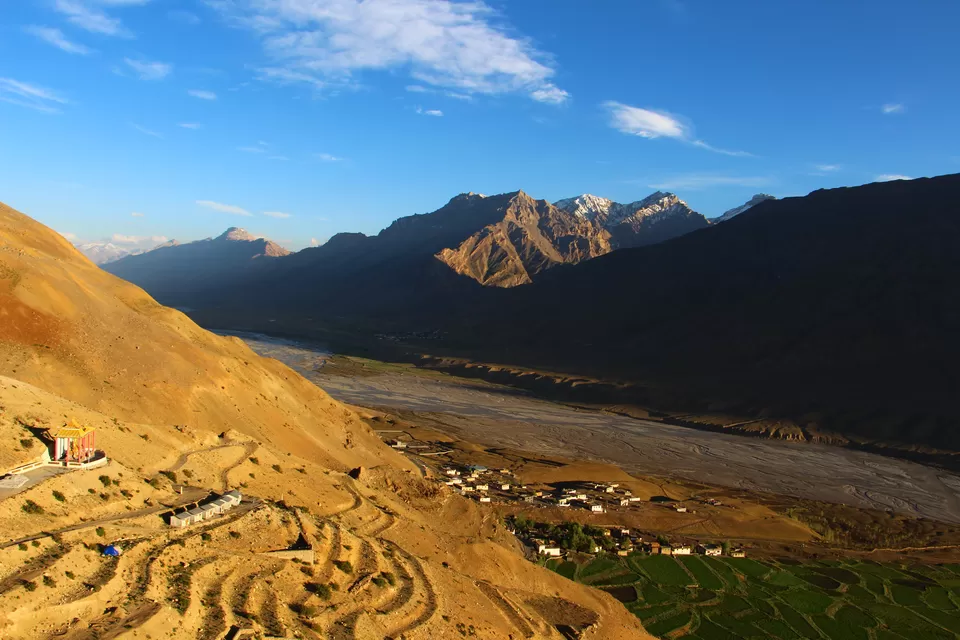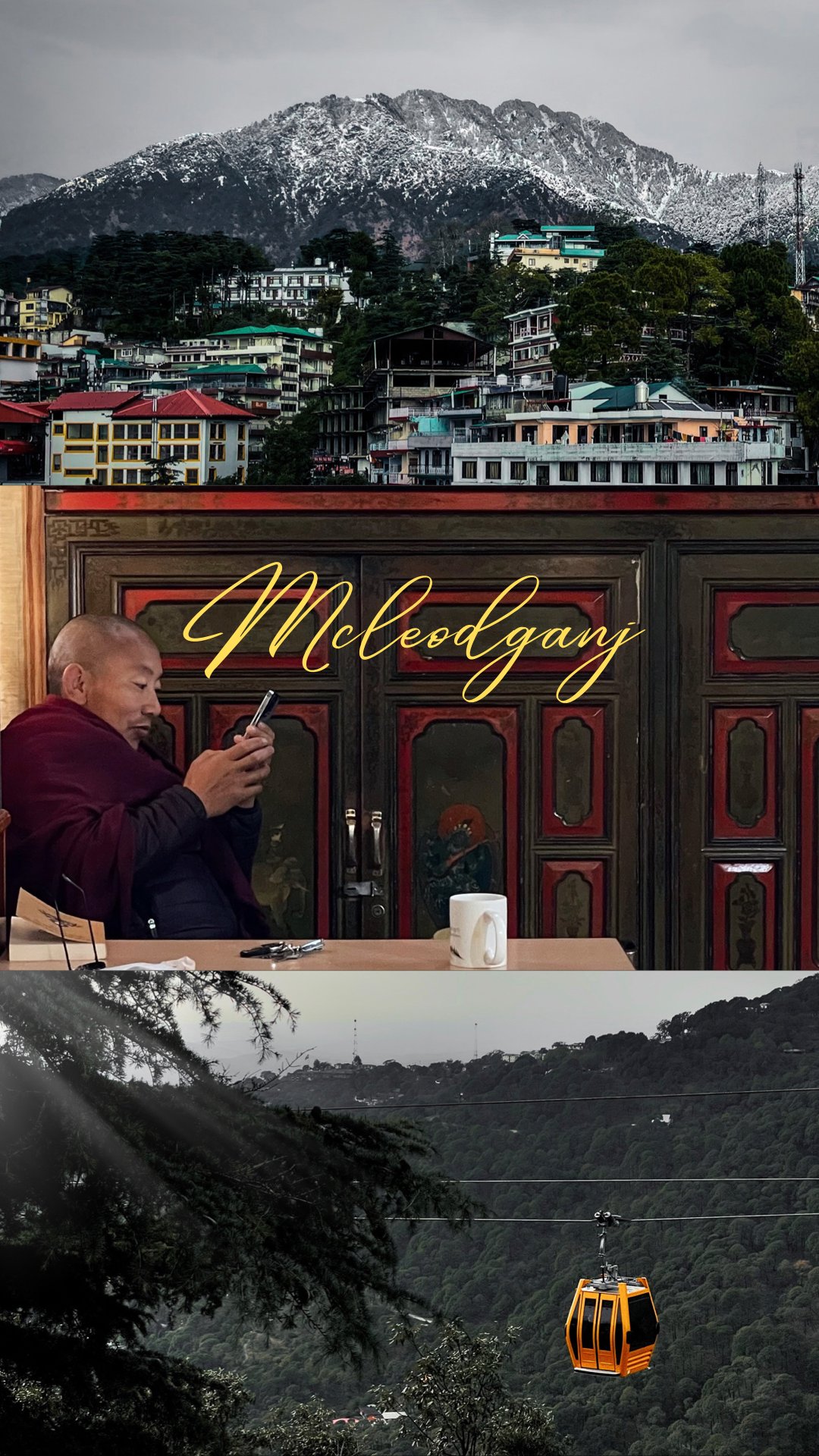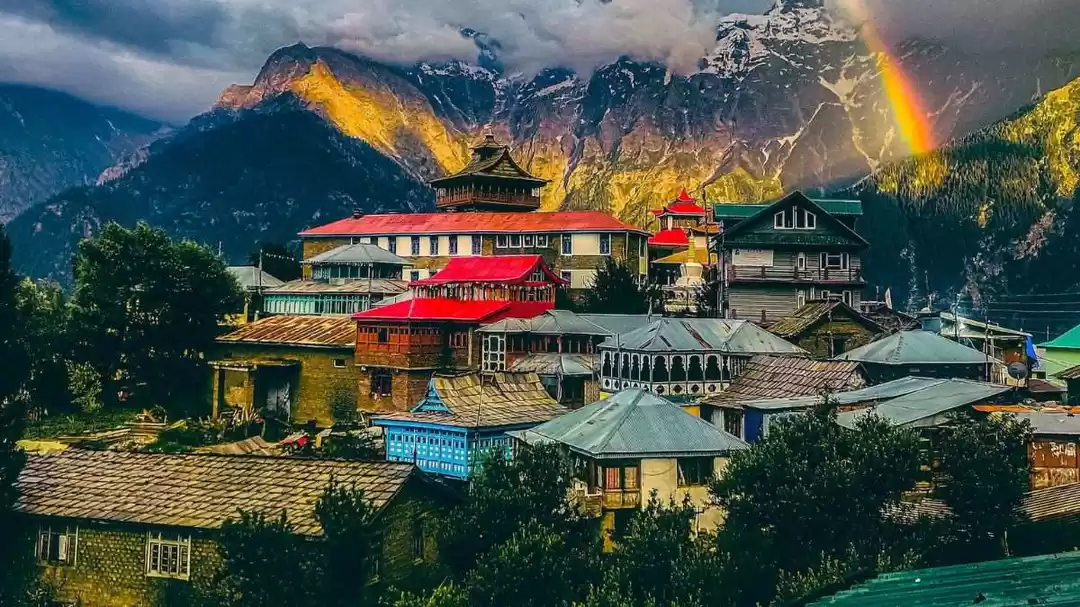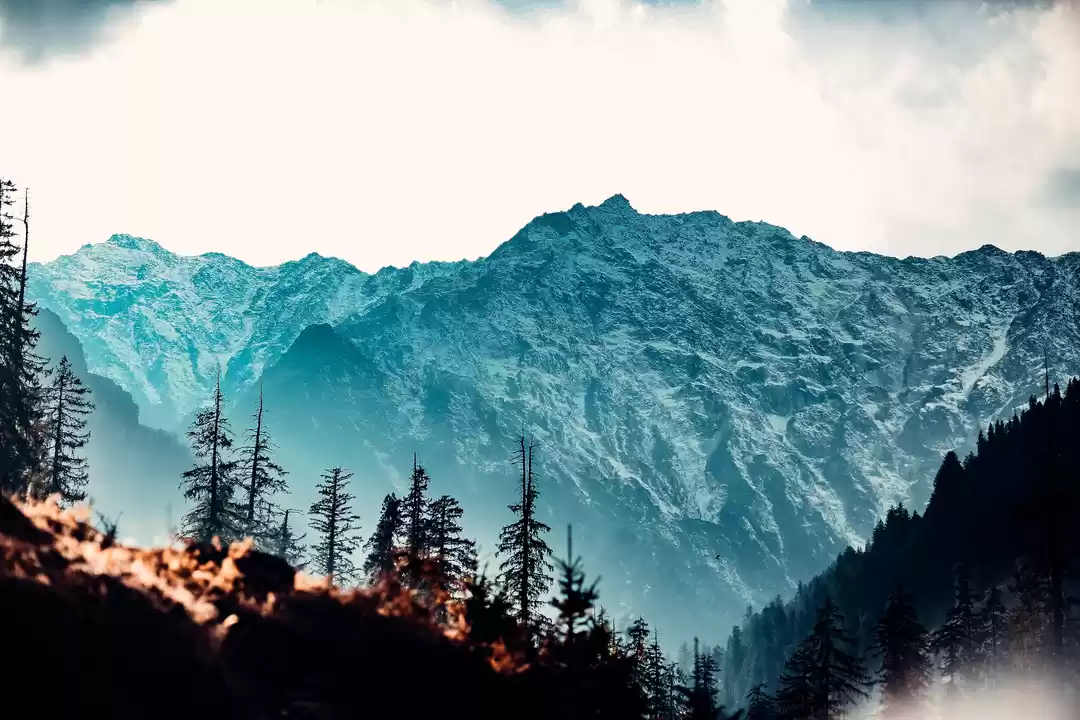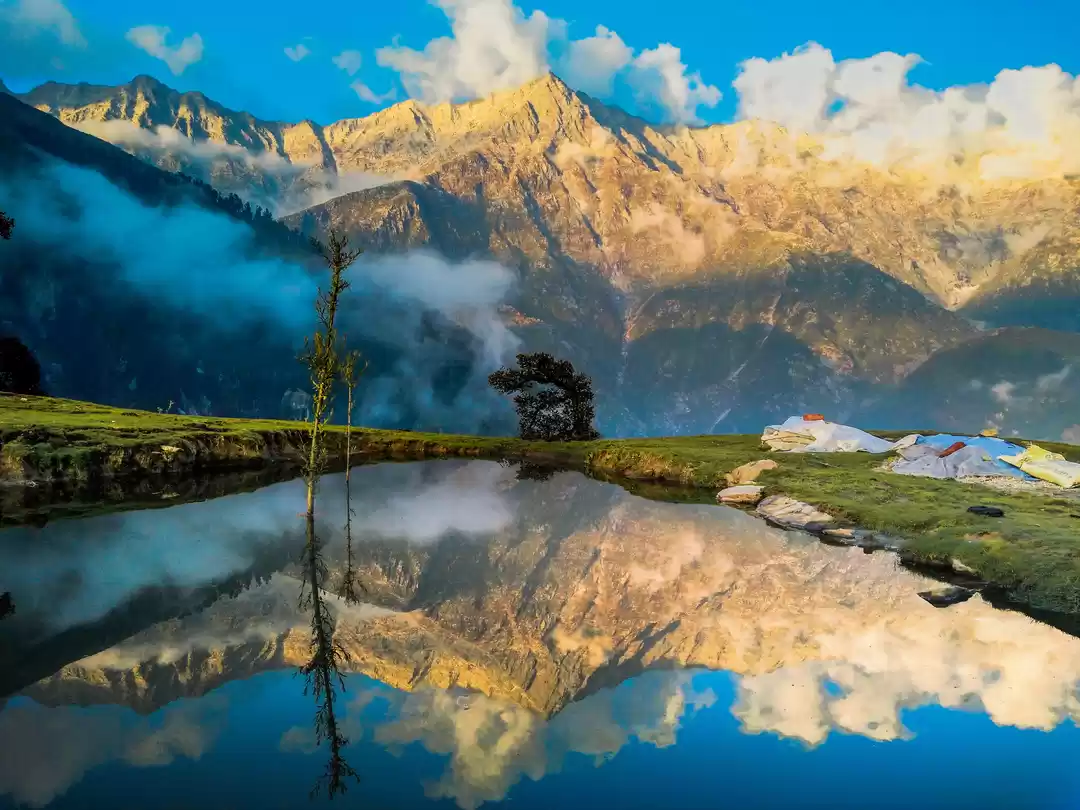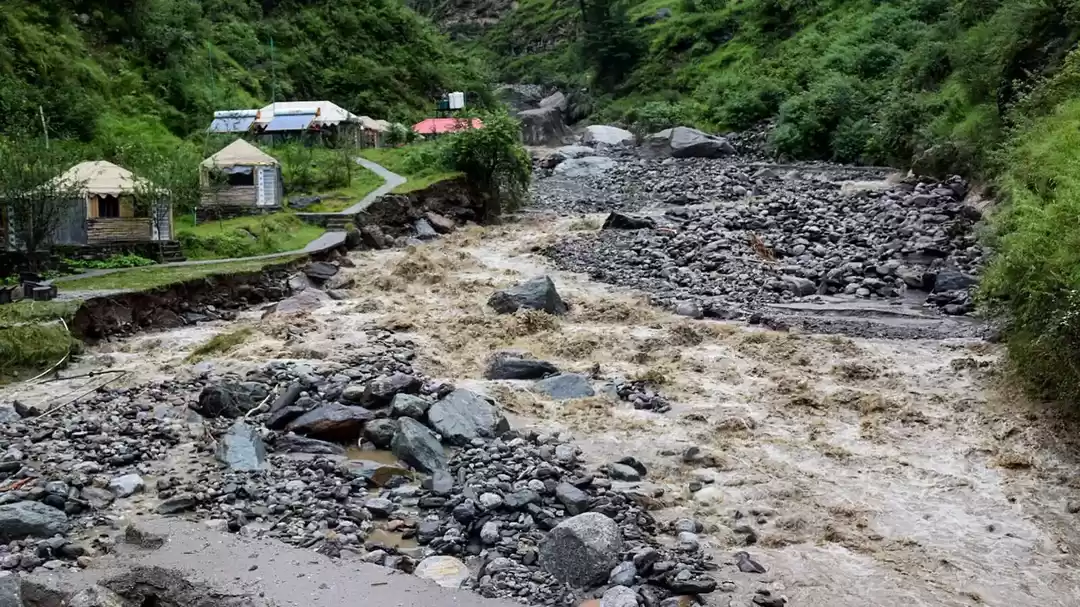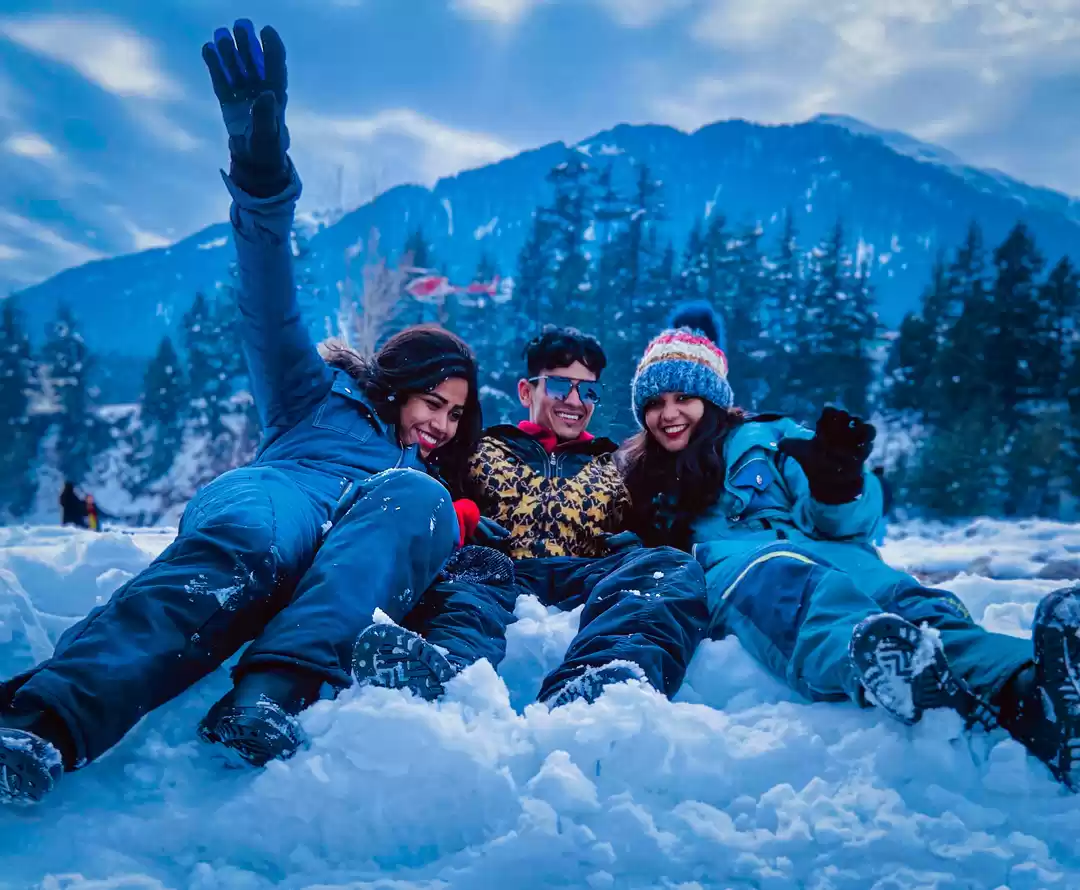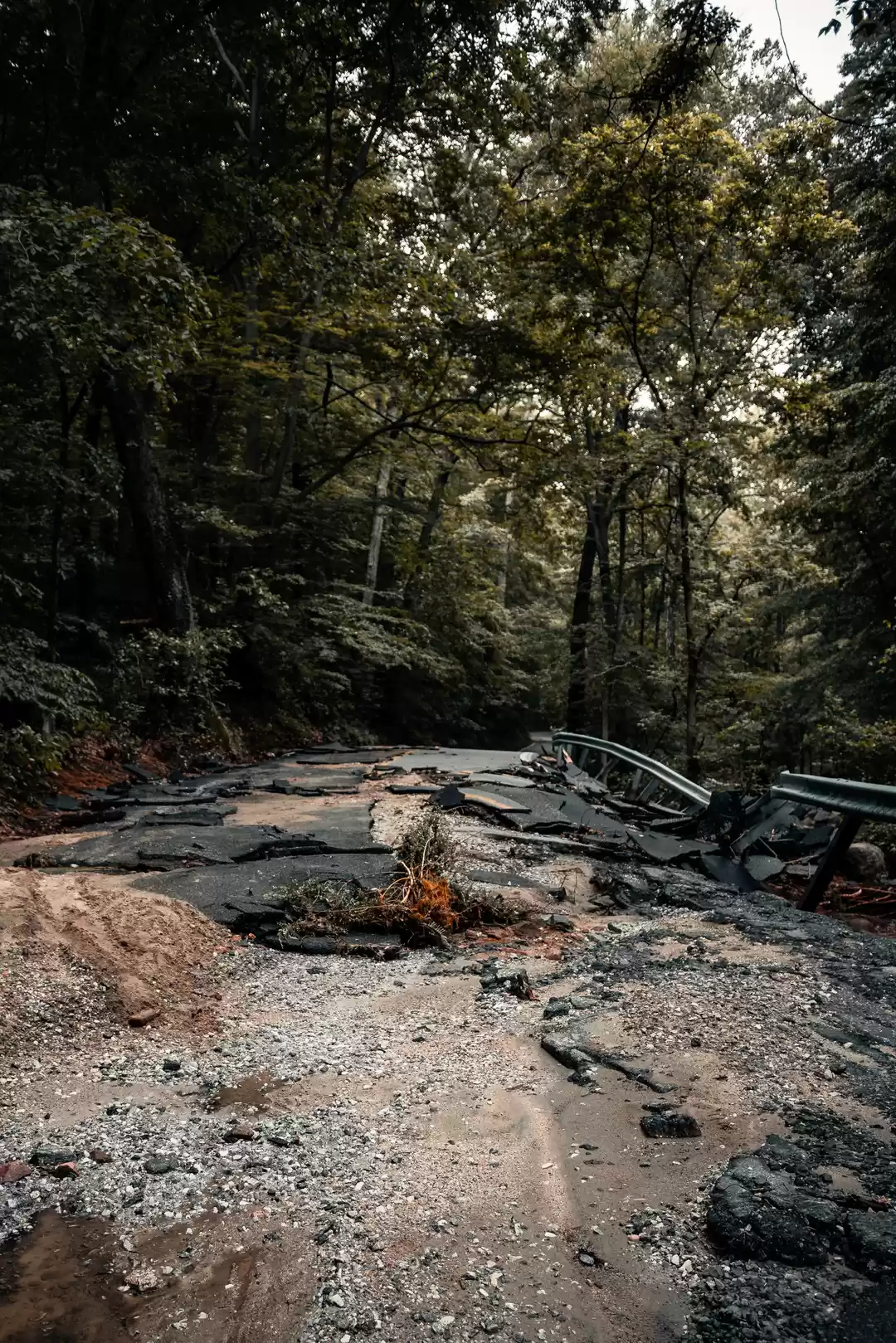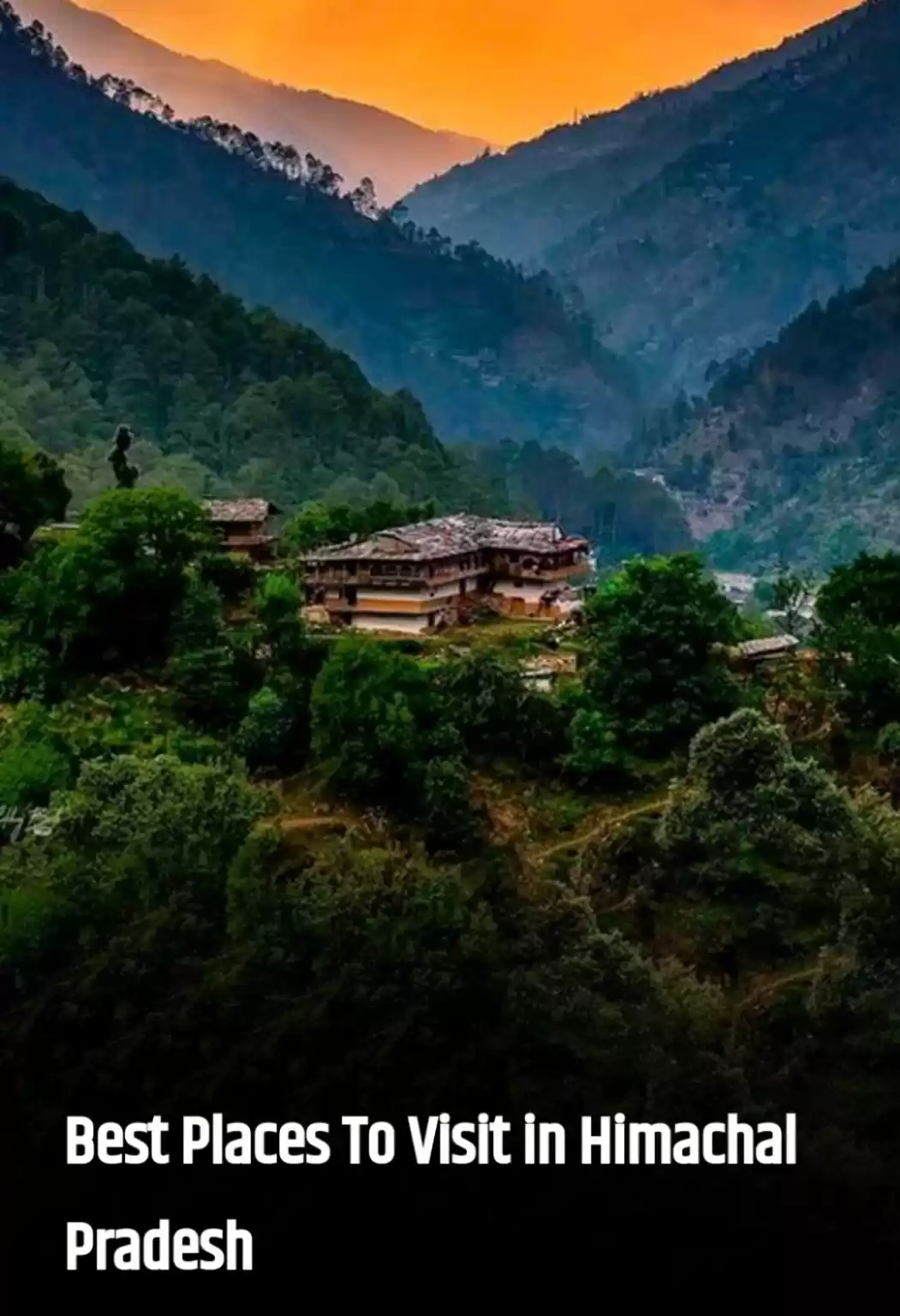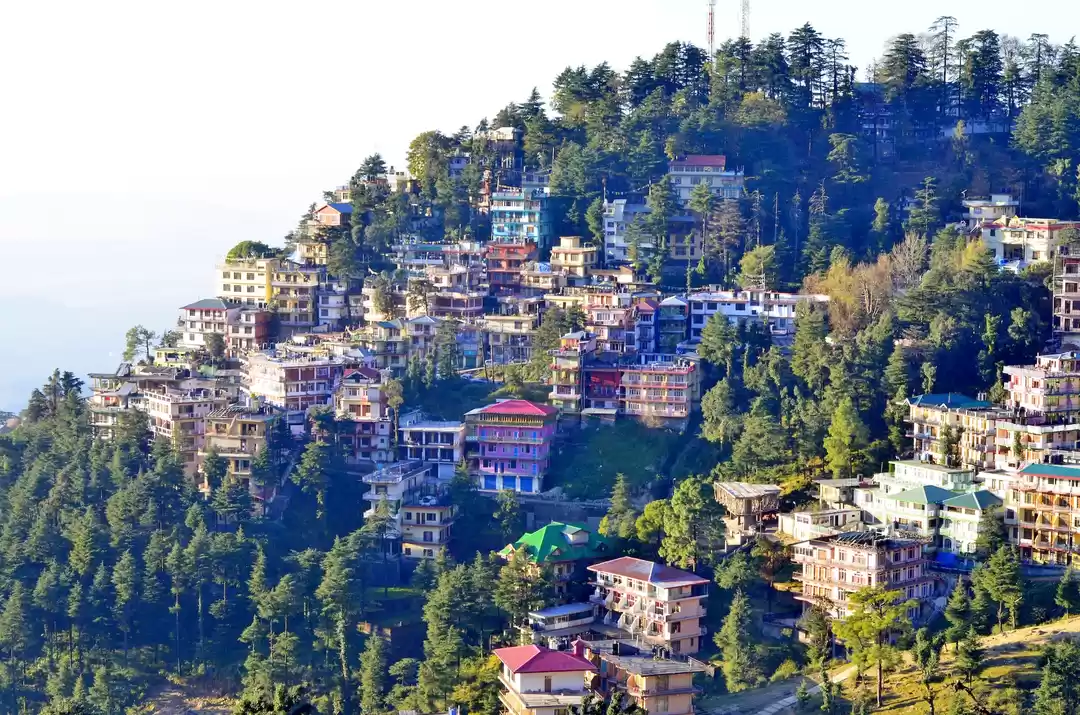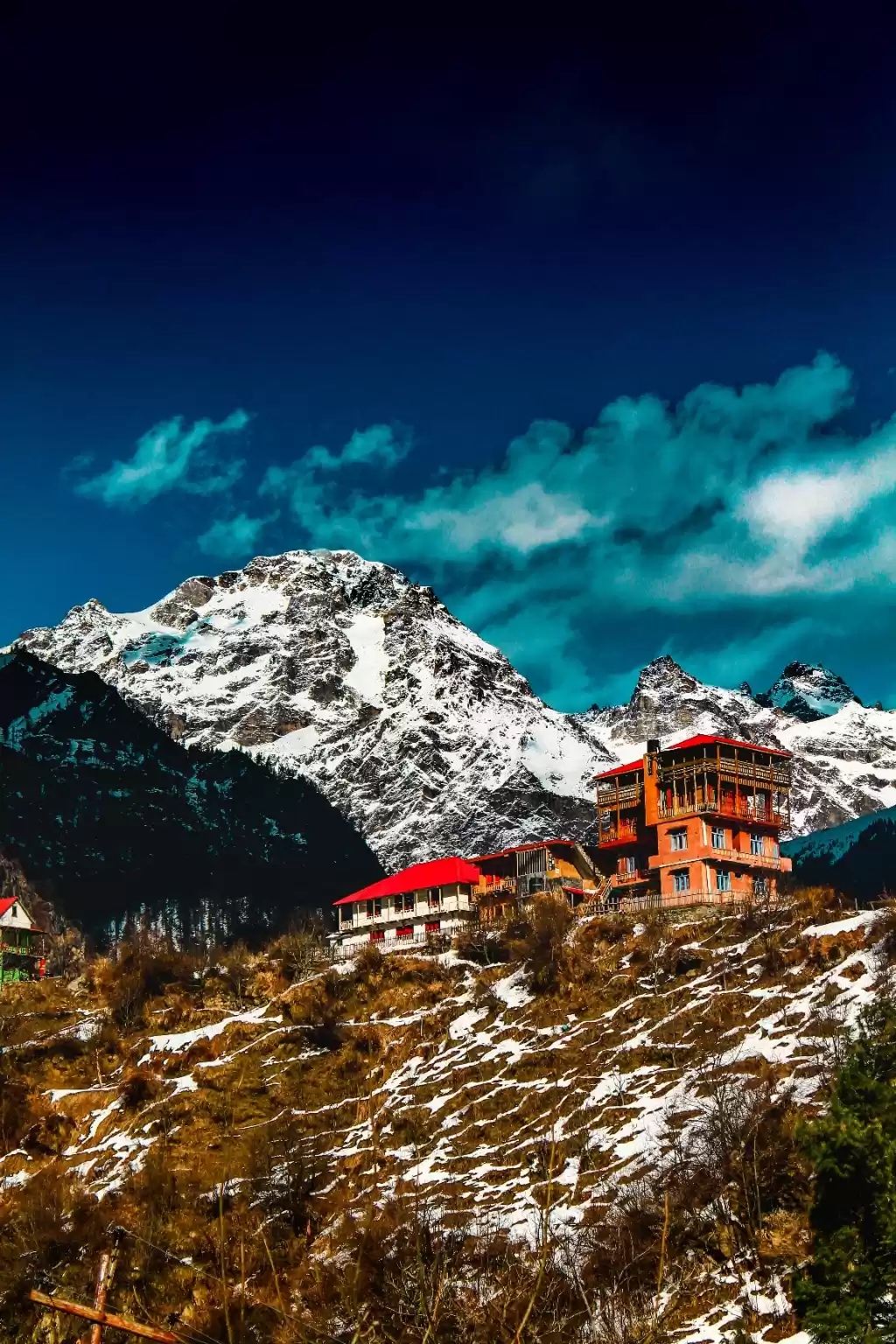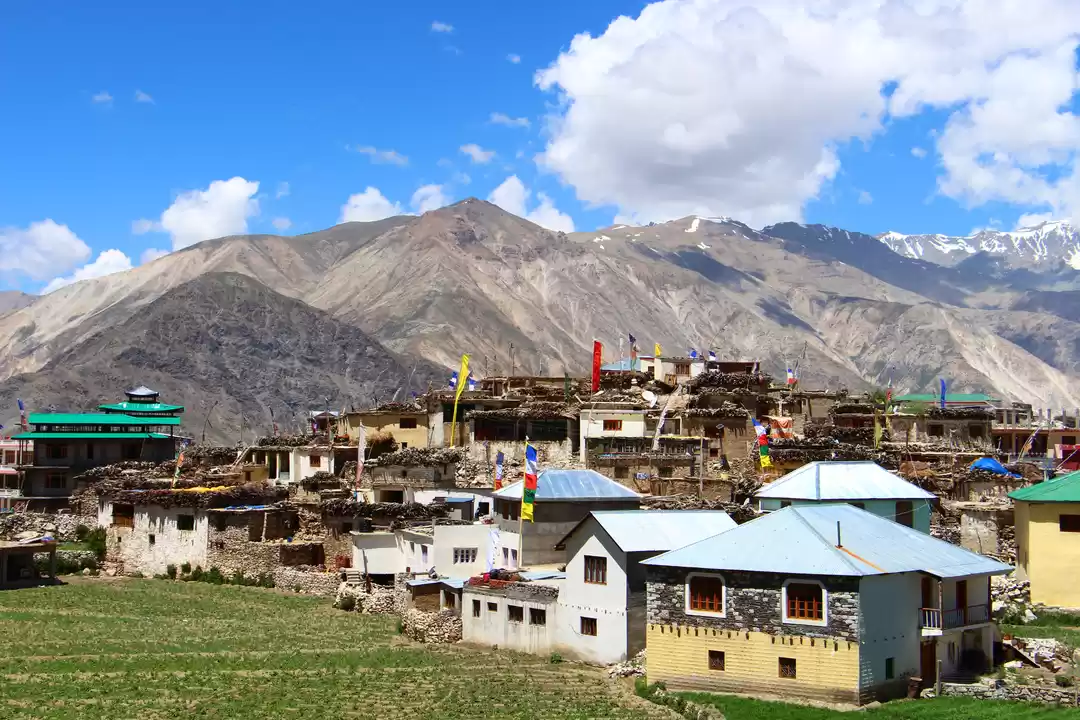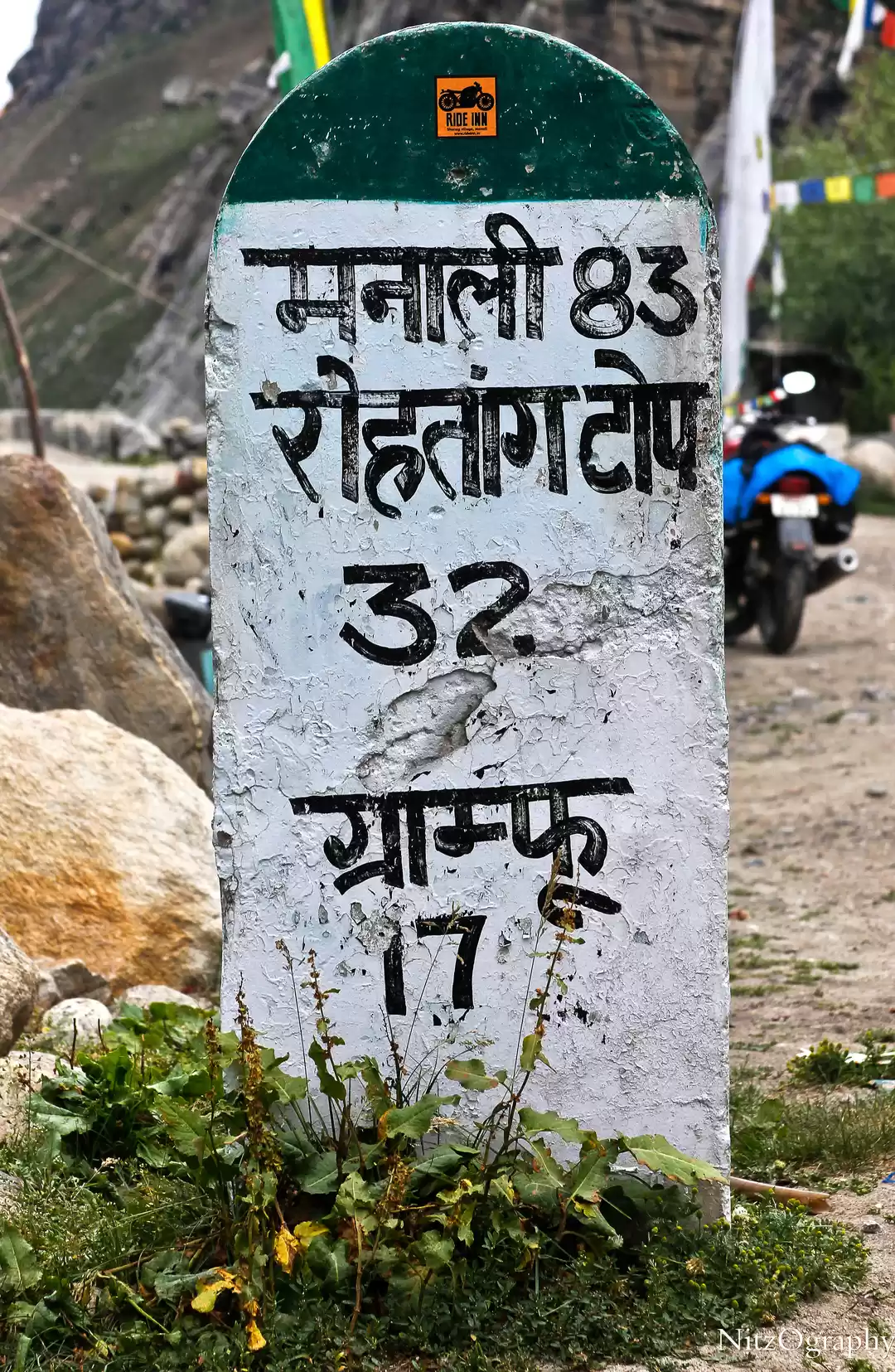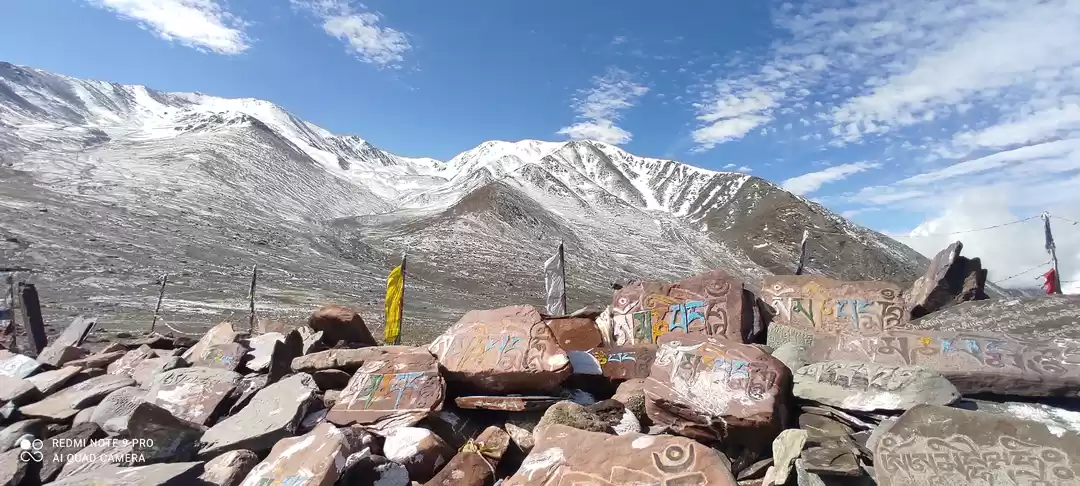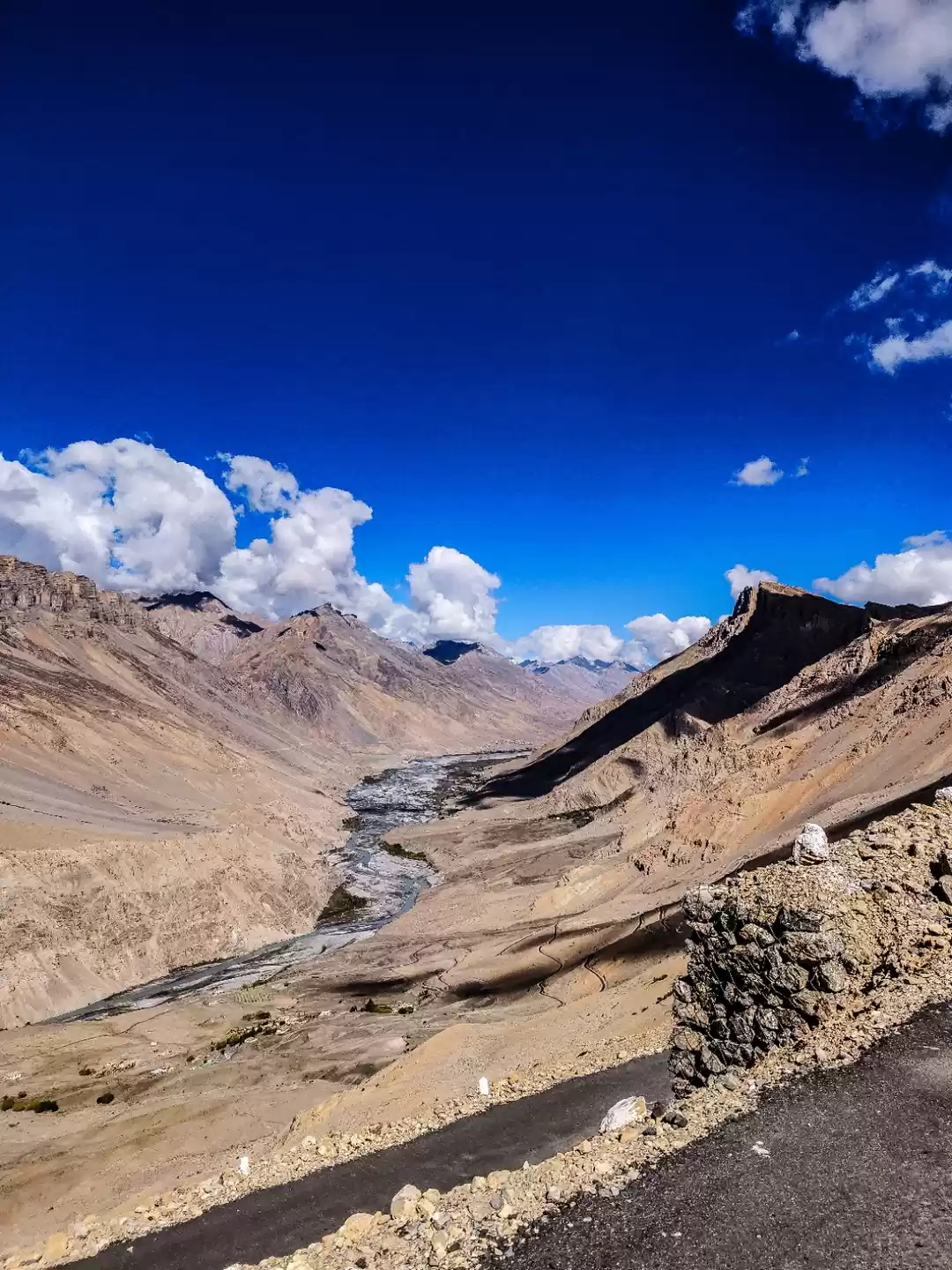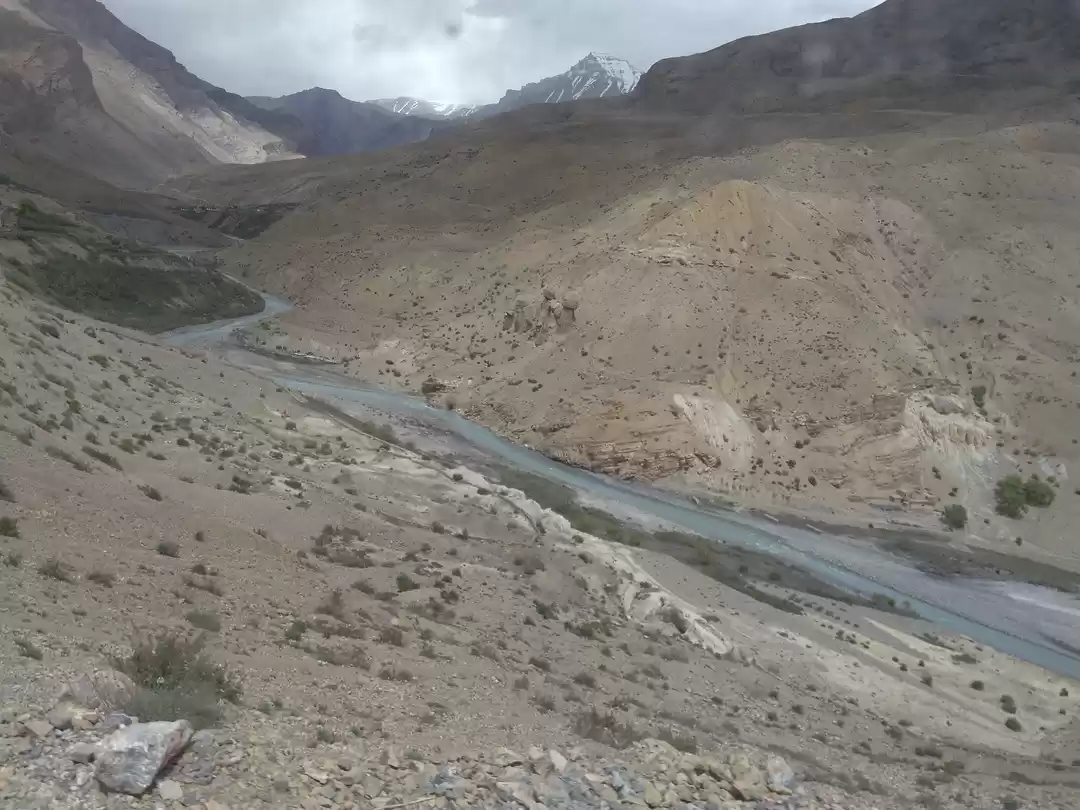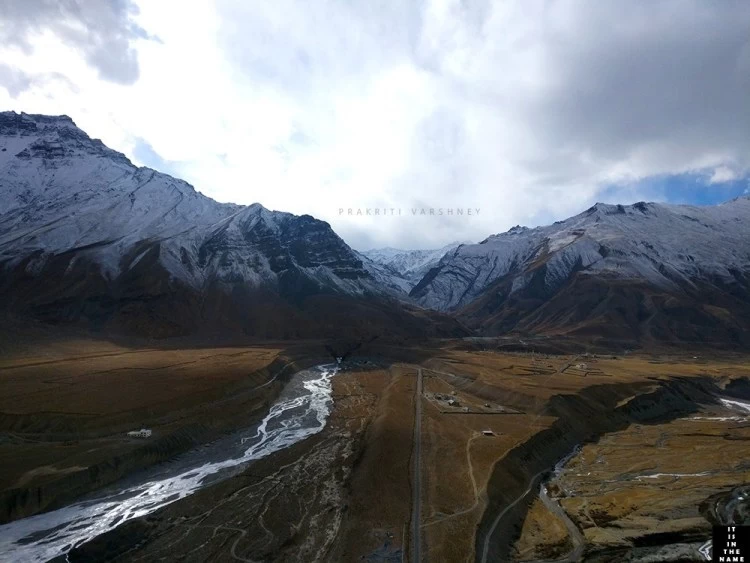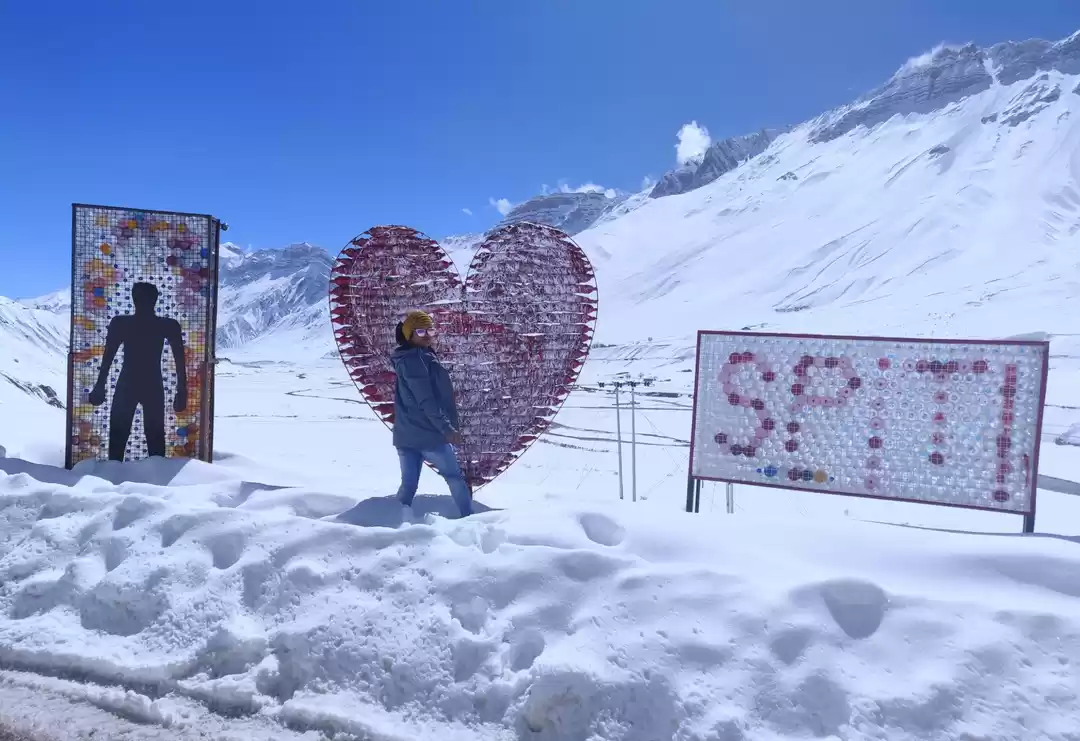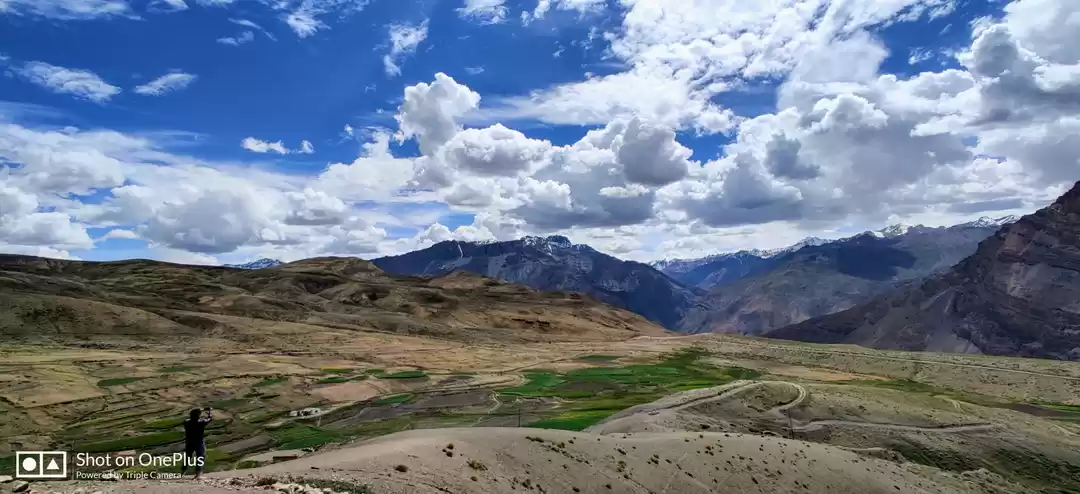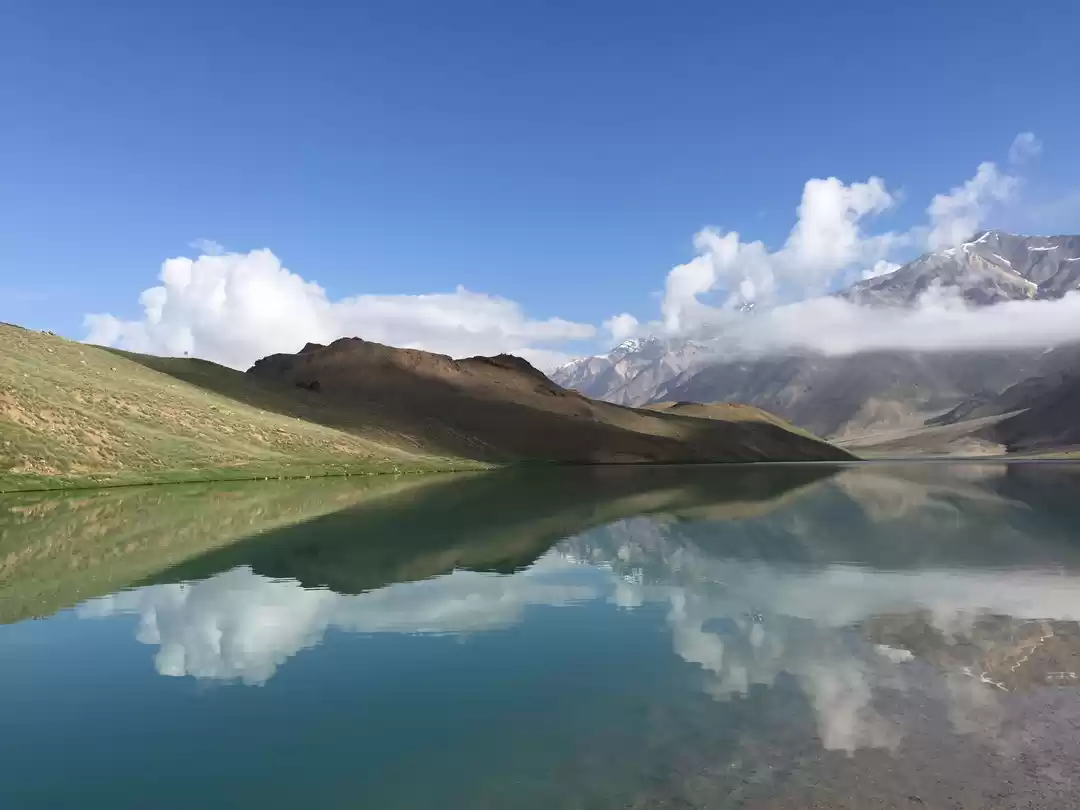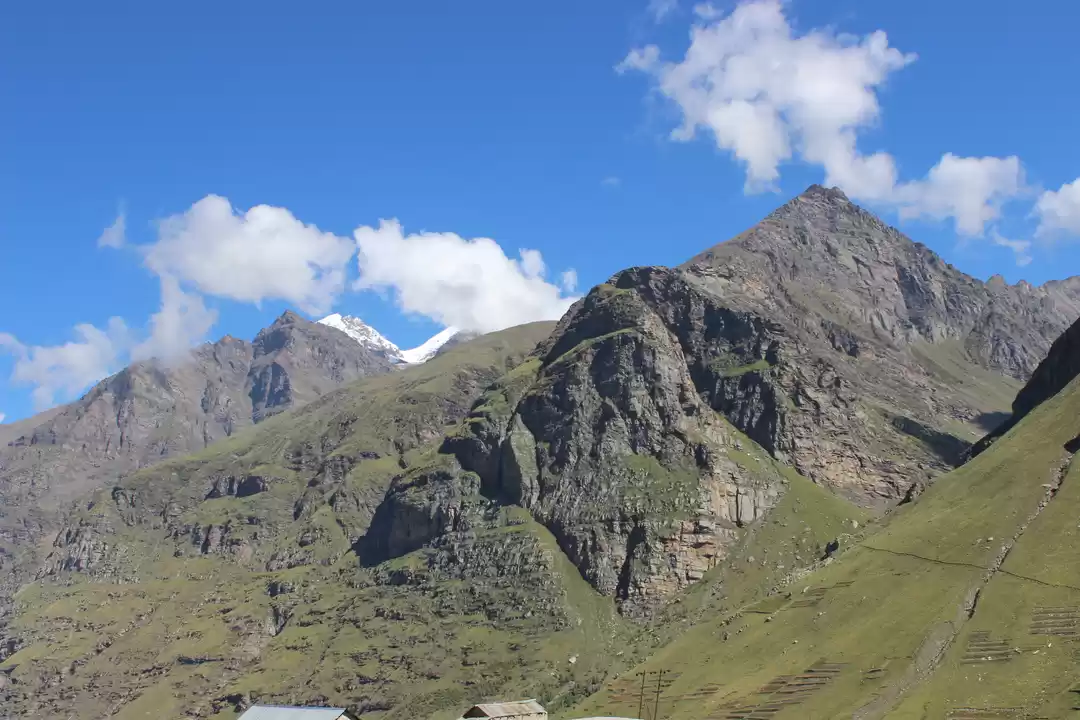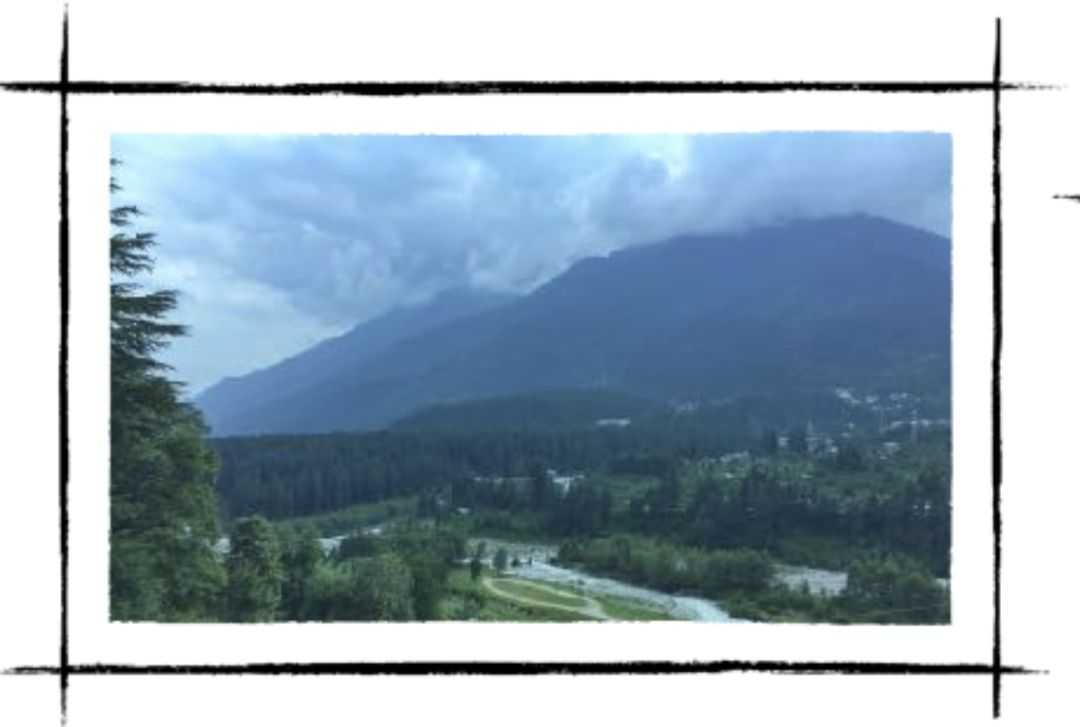
Tabo to Kaza:
Tabo: Tabo is situated in the flood plains of River Spiti and is surrounded by the mountains from two sides. Founded in 996 A.D., Tabo Gompa is the oldest continuously functioning Buddhist monument in India and the Himalayas. Gompa has old paintings and is known as the Ajanta and Ellora of the Himalayas. It is an ideal place for one night stay. The historical Tabo gompa guesthouse, managed by ‘Jeet Singh - +919418984340’ is a good place. Participate in the early morning prayers at the Gompa!







Next morning, boarded the morning bus and reached Kaza Town by 11.30am. Beautiful drive in between along the River Spiti and its flood plain.




Kaza: Kaza is the sub-divisional headquarter of Spiti valley and acts as the base camp for travelers who want to explore the valley and its serene beauty. The landscape is very different than what we usually are used to. To explore the valley, travelers either walk from one village to the other through the mountain or come back to Kaza to travel to the other areas. After careful consideration and discussion with bus drivers, we decided to take the only bus to Key Gompa. It leaves every day at 5 pm from Kaza bus stand; stops overnight at Kibber; picks the passengers next morning at 8.30am from Chicham and Kibber village and then heads to Kaza again.



Kaza has plenty of places to stay; I will recommend identifying homestays as the first preference. Zostel has opened one of its new branches there. Do not forget to check out, The Himalayan Cafe, started by a Spitian entrepreneur - a must place to visit in Kaza. Such enterprises create local jobs and infuse cash in the local economy. Also, places like Himalayan Cafe will provide the much needed break and mental calmness in the midst of high altitude rigorous travel.
Kaza is a thriving town and a bikers hub. Local sightseeing involves the Kaza monastery, Decathlon store, local shops, and walking outside the town. You can buy some organically grown product from the local shops as well. While waiting to catch the bus to the Key (House to the Monastery), we spent a few hours at the Kaza Gompa. The EPIC Channel ‘Great Escapes Serial’ first episode was shot here.



Key Gompa/monastery: Key Gompa is located at an altitude of 4116 meters on a rocky outcrop and provides a perfect view of the Spiti River snaking between the mountains. Key Gompa is the largest gompa in Spiti and associated with the Gelepu sect. It is situated in-route between Kaza and Kibber with the Key village nearby. We arrived at 5.30pm with a desire to spend the night at the gompa, interact with the Lamas, and to get a feel of monastic life. Sadly, the gompa logistics were fully occupied, with no space to stay. It is usually occupied as travelers desire to spend the night at the gompa.
Nevertheless, we had no other plans and the evening has descended upon us, we steadfastly requested and finally convinced the management, who mentioned that one person would have to sleep outside on the terrace under the sky. This remained one of the unforgettable experiences for me. Later, I interacted with migrant workers from Odisha and Bihar who toil hard to keep the construction work going in this part of the country. The gompa has basic shared rooms with per bed cost of Rs 250 that includes food and tea. Do not expect fancy food and restroom facilities are basic. The stay is useful for seeing the gompa, and to interact with monks on socio-political-cultural discussions.
Kibber Village: Next morning, we had breakfast and decided to hike Kibber. We found it quite challenging with the increasing height. We had to rely on hitchhiking and reached Kibber by 11 am; stayed at a guesthouse. A row of guesthouse cum hotels are located at the entrance of the village with few homestays further into the village.
After two nights stay at the Kibber Village, we left for Komic Village -Now considered as the highest inhabited village in Asia connected with a motorable road. Komic has a monastery, with some interesting collection of artifacts. The view is mesmerizing, and we ended up hiking up to 500 meters further up. This extracted the juice, and we just decided to camp at night in the open with the help from a local camp organizer. The village has zero network reception. It is vital to ensure vehicle pick-up if you are not traveling with your vehicle. Next morning, a Sumo picked us for Kaza. In Kaza, the first thing, we did was booking our seat on a shared taxi for Manali.
Next day, early morning, we left for Manali. Kaza to Manali is 200, and it takes approx. Twelve hours to cover the distance. After approx. 56km of drive, we reached Losar. Losar nestled between the mountains is the last major stopover after which the remoteness and vastness of Spiti Valley spellbound travelers. Villages between Kaza and Manali are lesser explored due to remoteness and the fatigue that engulfs a traveler; though Losar has few homestays and guesthouses. We had breakfast at Serchu Café and prepared ourselves for the wondorous beauty of the famous Kunzum pass. As we drove deeper into the valley, one can only see the snow, mountains, waterfalls and few vehicles on the road.
























Manali: Manali is among the most famous tourist destination of India and globally. Packed with honeymoon couples, old and young, adventurers, the town infrastructure is crumbling, as it cannot take the rush of four-wheel drives anymore. Honking cars all over, the town was not designed for such a massive rush of tourists. We were too tired to explore any hotel in old Manali so booked ourselves at Mall road, next to the bus stand. The evening was spent exploring the Old town cafes and restaurants. Old Manali is a major attraction point for foreigners and foodies. The best cafes in town are in this area. Further up lies the famous Manu Temple in the Manali village. Manu Temple and Manali are associated with the Vaivsat Manu himself who had carried the seeds of creation in the Ark during the great deluge, and it is believed that the boat may have rested somewhere in this region.
Next day we had to return to Delhi by the HRTC evening bus. We spent the day shopping and exploring different temple sites. We had a tasty and heartful breakfast at 'Cafe Amigos & German Bakery.' The Bhutti Weavers Co-op Society Ltd. close to Mall road is a good place to shop for traditional Kullu products. We went hiking up to Dungri Village to visit the famous Hidimba Mata Mandir, Gatothkach mandir, Shiva temple and later to the Manu Mandir in the Manali village. Manali is a holy place with a strong association with the Sanatan Dharma. It was an abode of Rishi-Muni's throughout the various Yugas due to its remoteness and serenity. In the 21st Century, the town is among the biggest in the Himalayan region and have been taken over by the four wheelers, and modern transport vehicles, which has caused much pain for the visitors. The state government can regulate this traffic chaos to ensure safety and an excellent experience to the generation of travelers. With the hope of coming back in a lean season, we boarded the bus for the plains.
Read part I of the series here.

